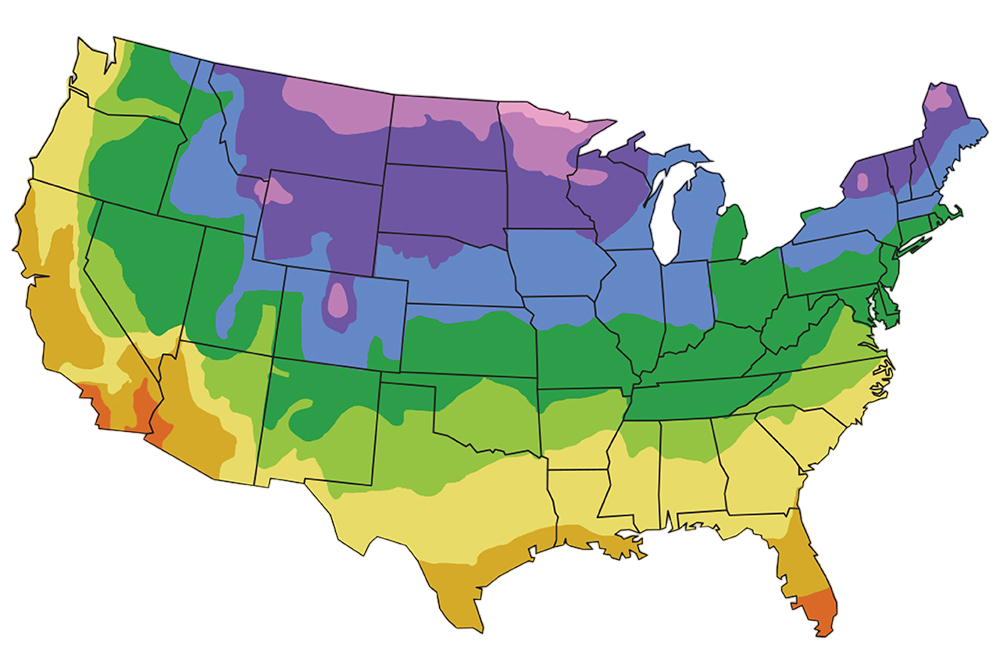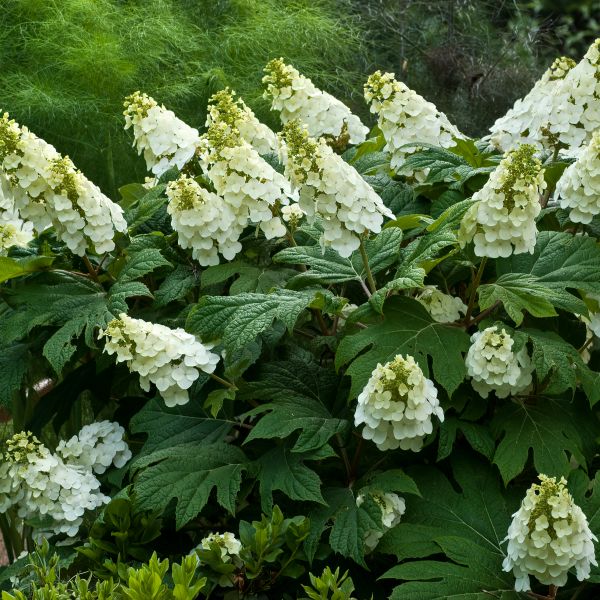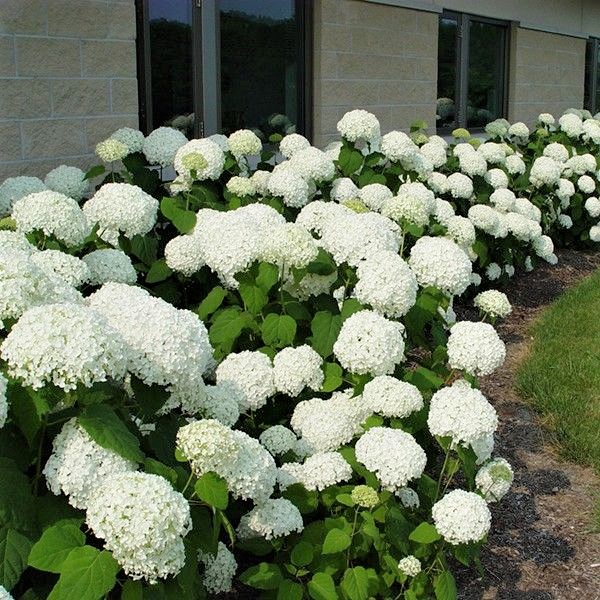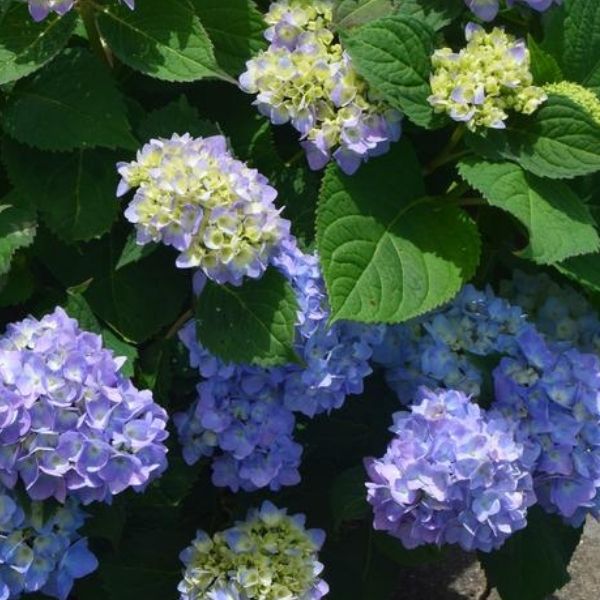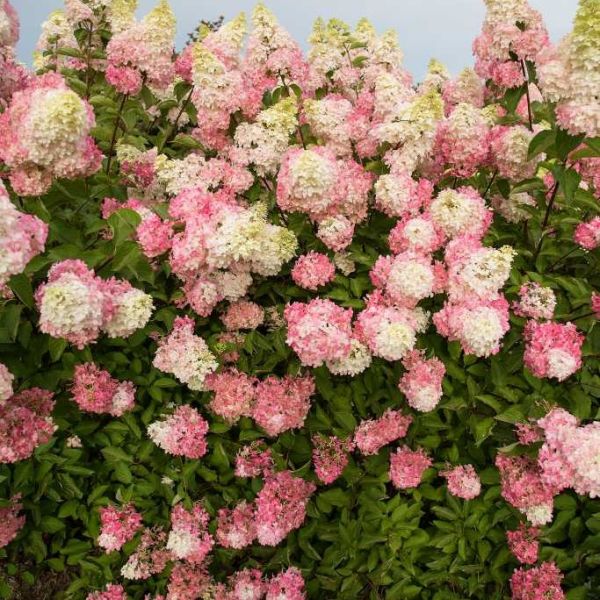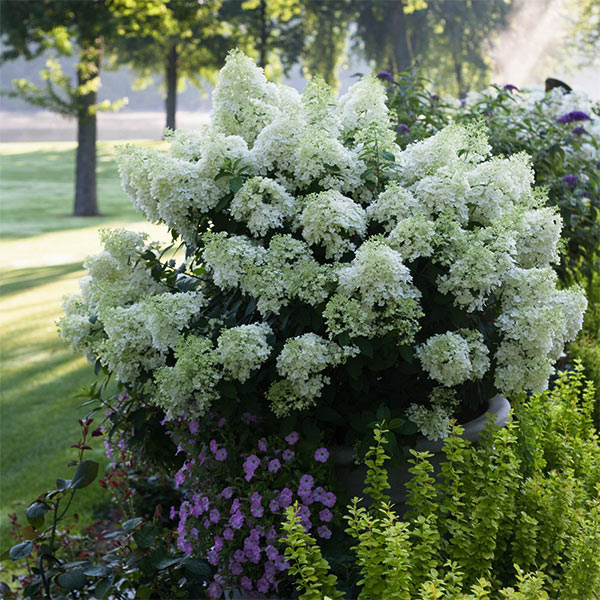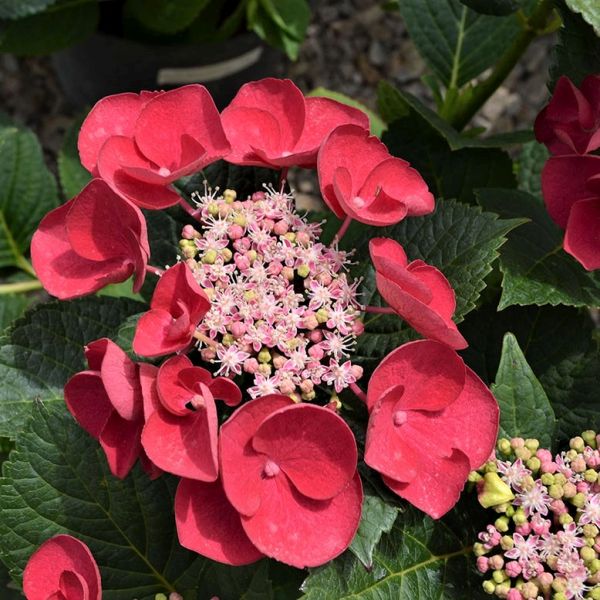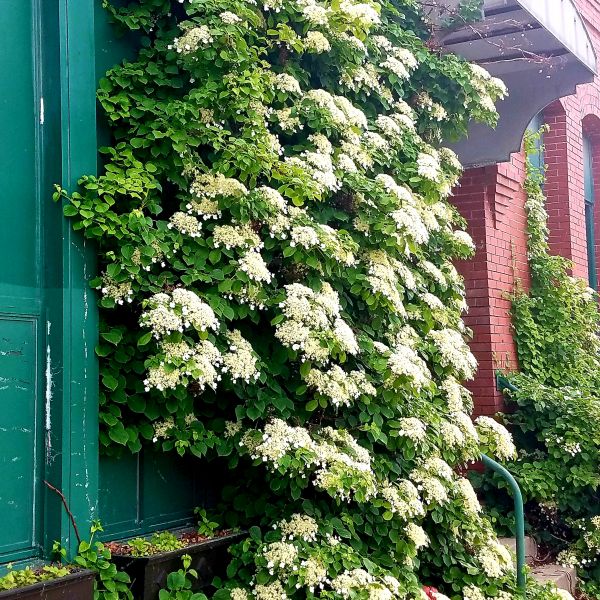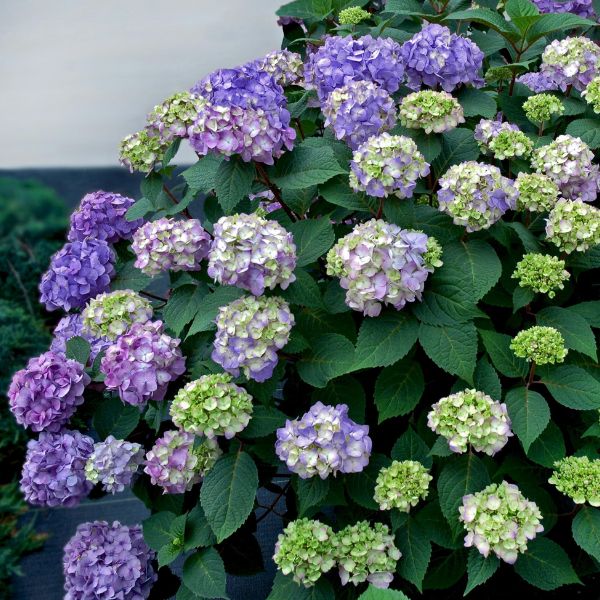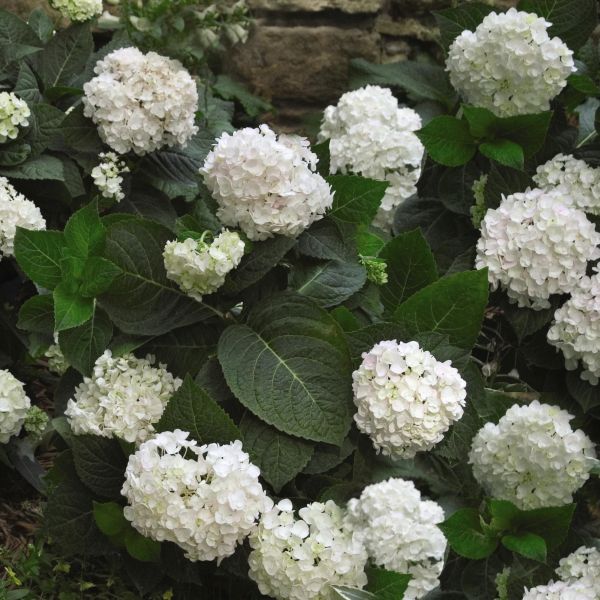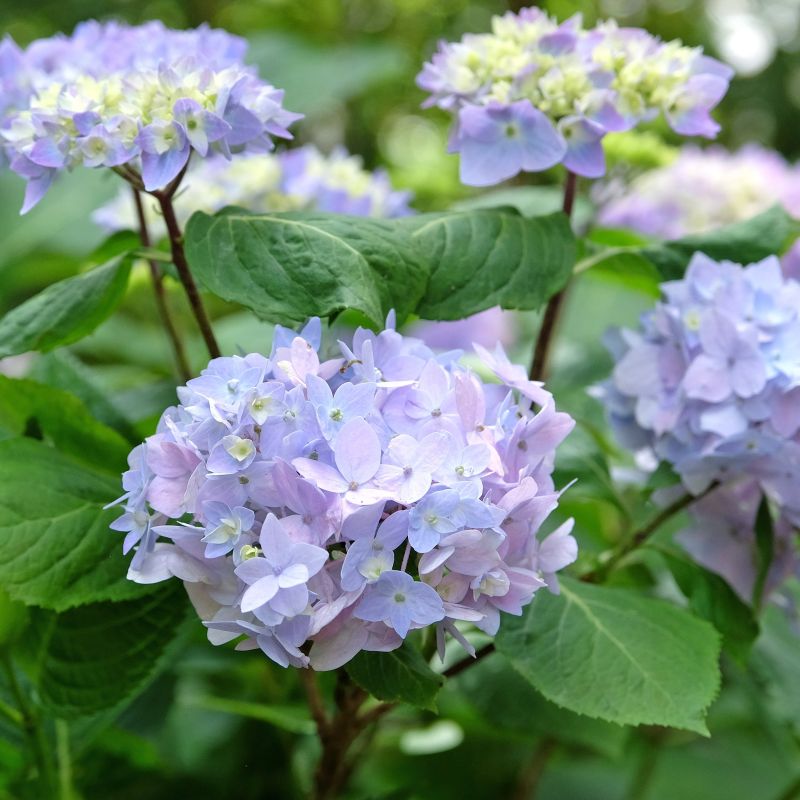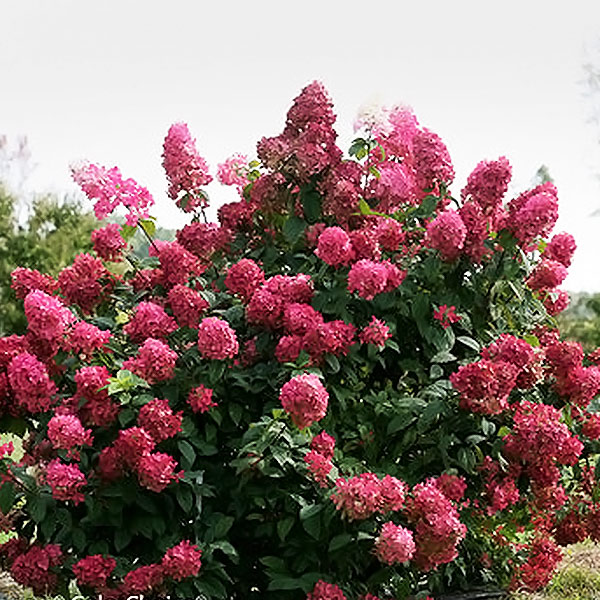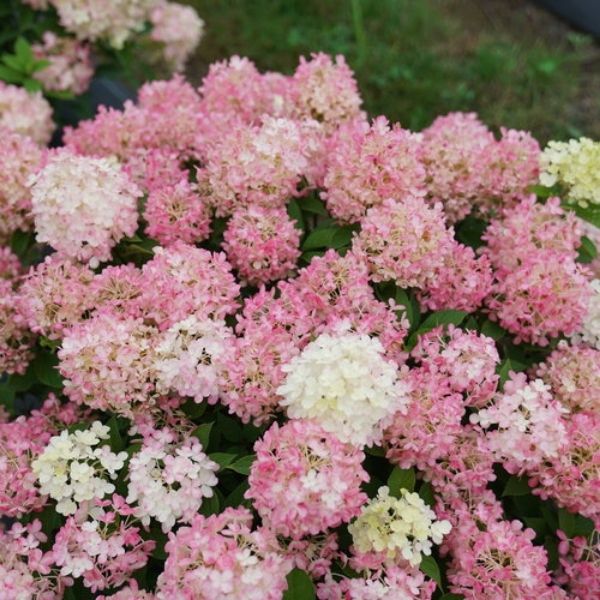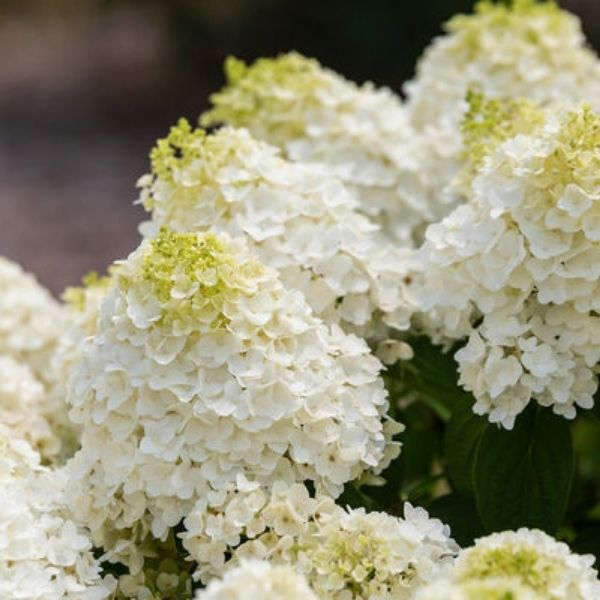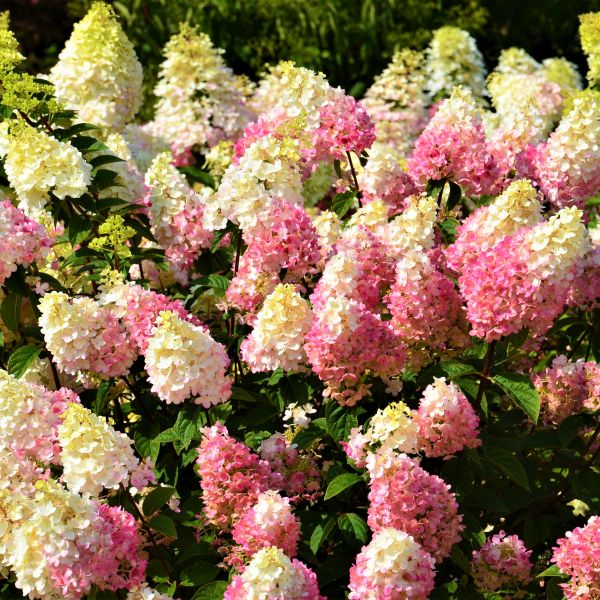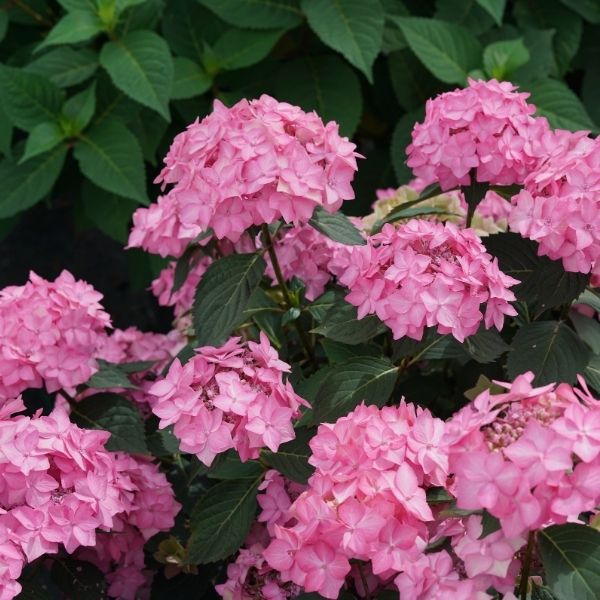
Lets Dance Can Do Hydrangea
Hydrangea macrophylla subsp. serrata 'SMNHSI'
17 reviews
Lets Dance Can Do Hydrangea
Hydrangea macrophylla subsp. serrata 'SMNHSI'
17 reviews
- Unique pink or blue mophead blooms, depending on soil pH
- Strong stems that prevent flopping, even in heavy rain
- Disease-resistant and easy to care for
- Recommended by landscape designers for optimal fit in real yards
$86.00
$123.00
30% Off
- Ships to 43215 in 3 to 7 days
- Free Shipping Over $150
- Plant Arrival Guarantee
- In Stock
- Free Plant Consult
$200 - Landscape-Approved: Every Plant We Sell Comes With Design Expertise Behind It
2.5 Gallon
Not just beautiful - intentionally selected by ShrubHub's 3D landscape design team to fit real-world spaces and maximize yard potential.
Why Lets Dance Can Do Hydrangea?
Let's Dance Can Do Hydrangea is a beautiful shrub that can bloom in blue, pink, or lavender hues. It is known for its ability to rebloom throughout the summer, providing constant color in the garden. This hydrangea is also relatively compact and can thrive in both full sun and partial shade. It will make an excellent addition to any garden as a low-maintenance and reliable bloomer.
People who loved this plant also bought
Sunlight
The Let's Dance Can Do Hydrangea requires full to partial sun exposure, preferably with at least 4 to 6 hours of direct sunlight each day for optimal growth and blooming.
Watering
The Let's Dance Can Do Hydrangea has average watering needs and should be watered regularly, especially during dry periods. It prefers moist but well-drained soil and benefits from a layer of mulch to help retain moisture.
Fertilizing
The fertilizer requirement for Let's Dance Can Do Hydrangea is a balanced fertilizer with a ratio of 10-10-10 or 14-14-14 applied in early spring and late summer.
Let's Dance Can Do Hydrangea: A Remarkable Reblooming Beauty!
Prepare to be swept away by the enchanting Let's Dance Can Do Hydrangea. This remarkable shrub boasts lovely lacecap flowers that will captivate your heart.
The flower color ranges from pink to blue-purple, depending on the pH of the soil. In acid soils, it reveals captivating shades of purple-blue, while in alkaline soils, it showcases stunning hues of pink.
The Let's Dance Can Do Hydrangea is a true rebloomer, gracing your garden with its exquisite flowers on both new and old wood.
This means you'll enjoy a continuous display of blooms throughout the season. This shrub is a joy in any garden with its easy care and low-maintenance nature.
This mid-sized and compact shrub features a mounded growth habit, adding elegance and charm to your landscape.
Whether used as a specimen plant or as a focal point in your garden, it effortlessly enhances any setting. Embrace its versatility and create a stunning focal area that will leave a lasting impression.
Thriving in full sun to part sun, the Let's Dance Can Do Hydrangea adapts to different lighting conditions.
Find the perfect spot in your garden to showcase its beauty. With its broad range of hardiness, it can withstand various climates, ensuring its resilience and longevity in your outdoor space.
The Let's Dance Can Do Hydrangea is also salt tolerant, making it an excellent choice for coastal gardens or areas with high salt content in the soil. Embrace its ability to thrive in challenging environments and enjoy its vibrant blooms even in coastal or seaside locations.
Visit our ShrubHub store today and bring home this remarkable shrub.
Let its reblooming lovely lacecap flowers, easy care, and low-maintenance nature transform your landscape.
Whether used as a specimen or focal point, this hydrangea will add a touch of elegance and beauty to your outdoor space.
Order now and elevate your garden with the Let's Dance Can Do Hydrangea!
Plant Information:
| Botanical Name: | Hydrangea macrophylla subsp. serrata 'SMNHSI' |
| USDA Zones: | 4 - 9 |
| Water: | Moderate |
| Exposure: | Full Sun |
| Soil Needs: | Well-Drained |
| Mature Height: | 3 - 4 feet |
| Mature Spread: | 3 feet |
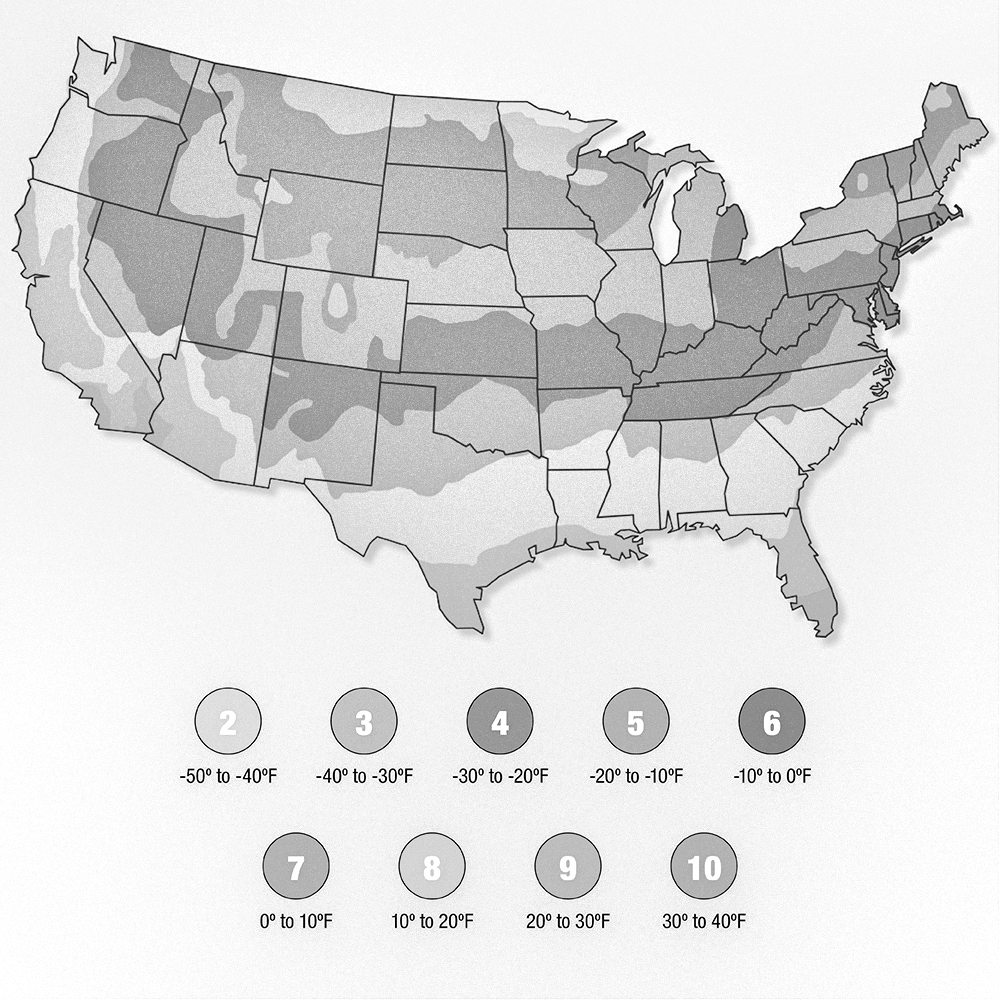
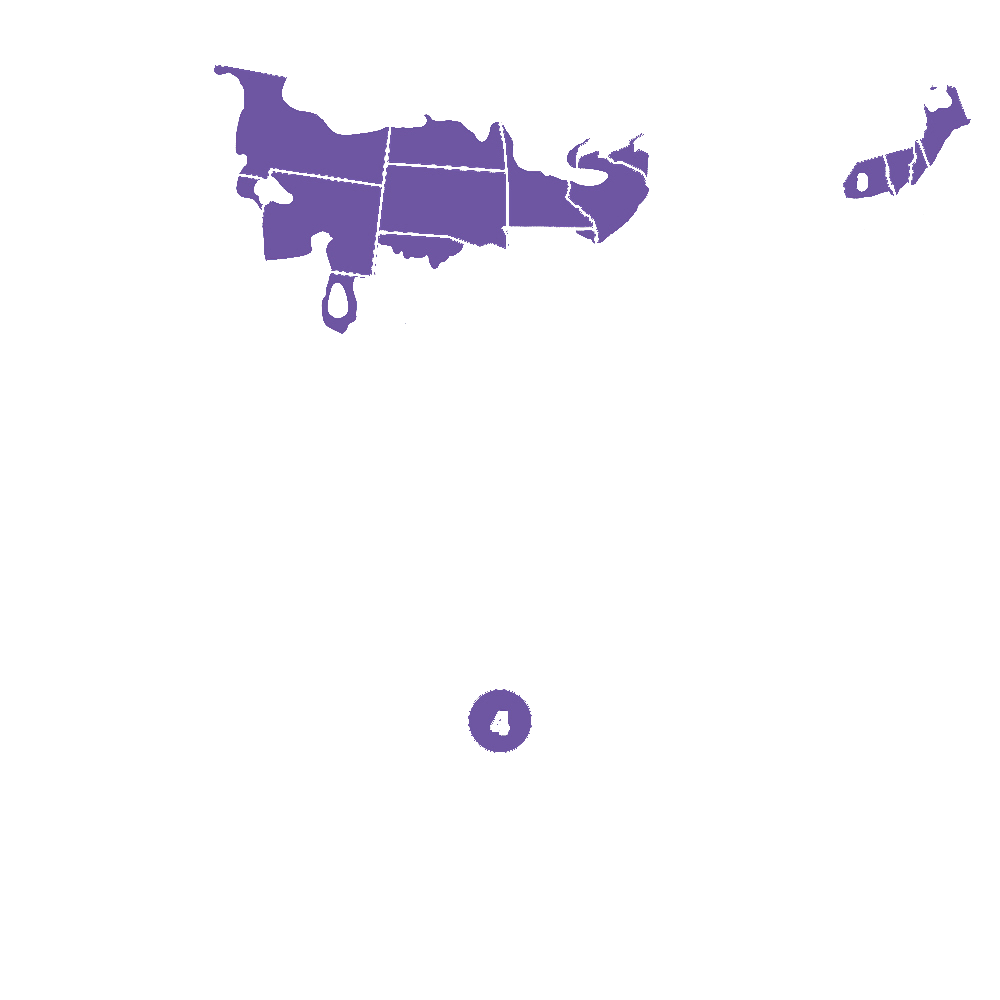
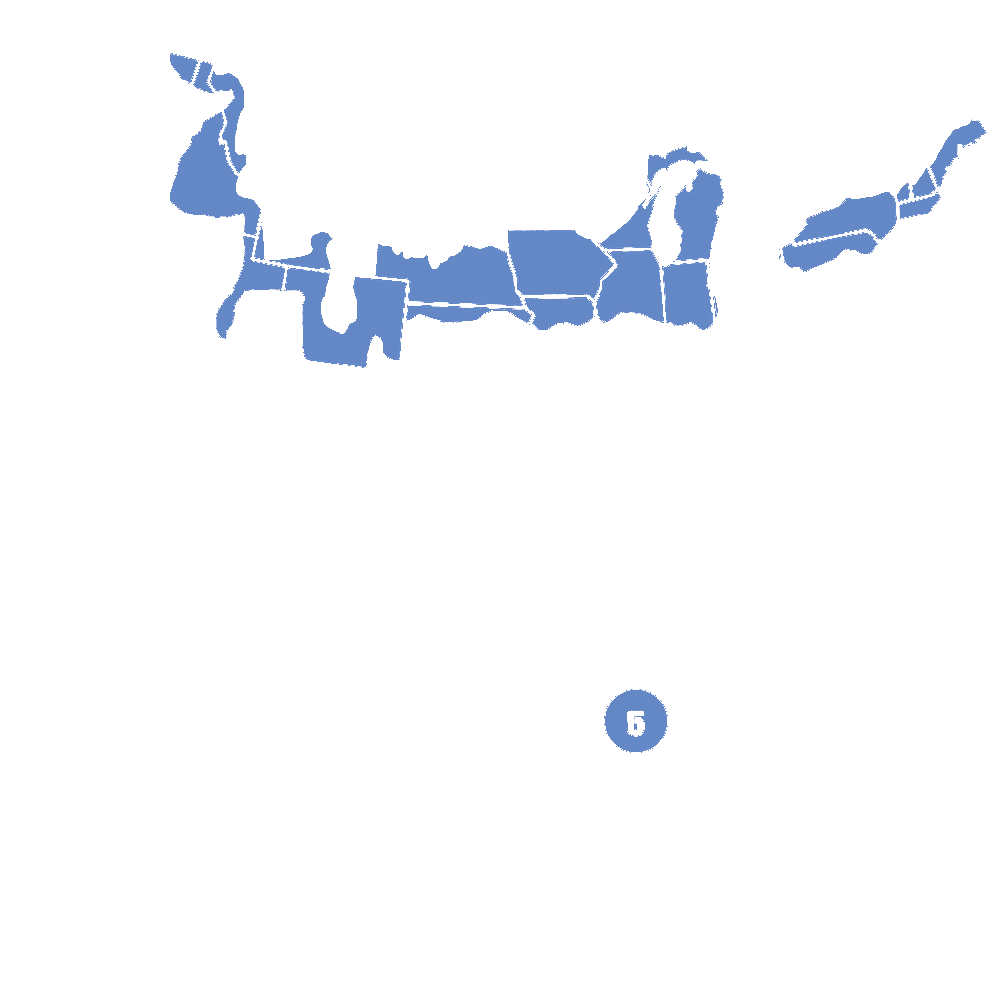
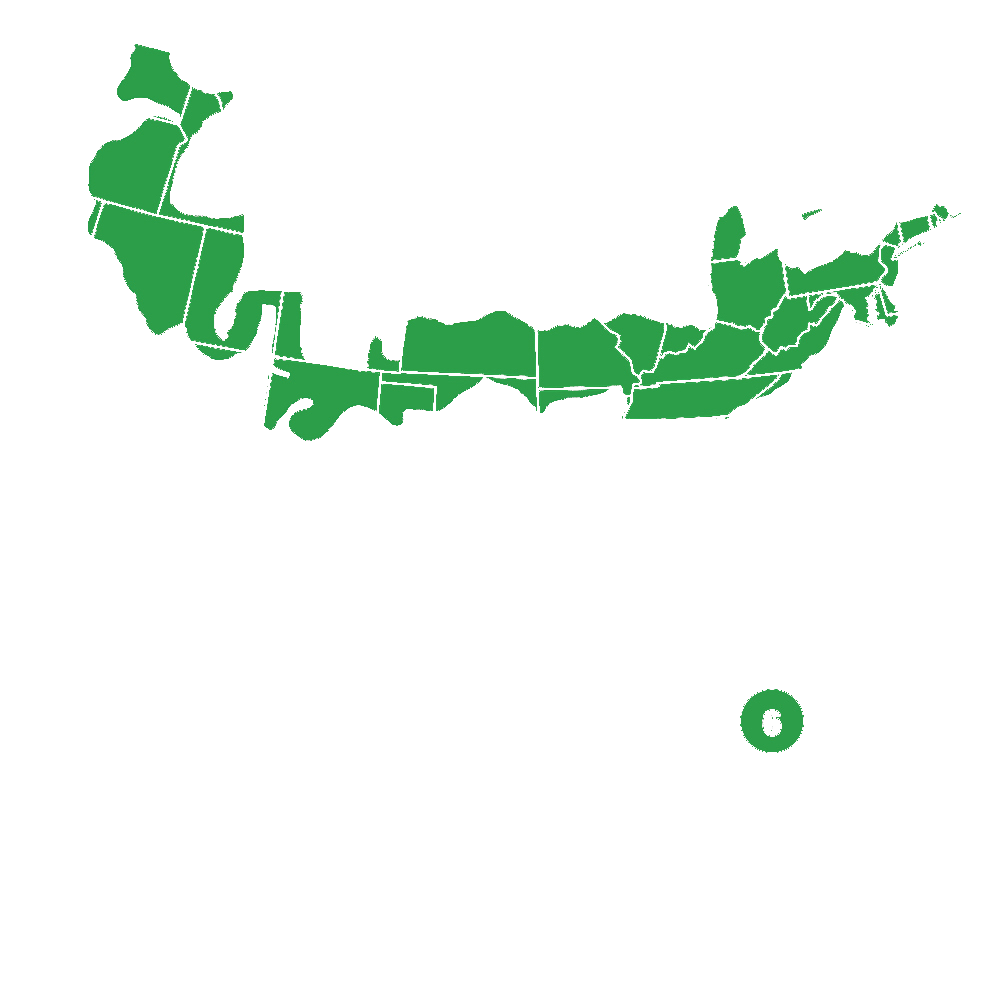
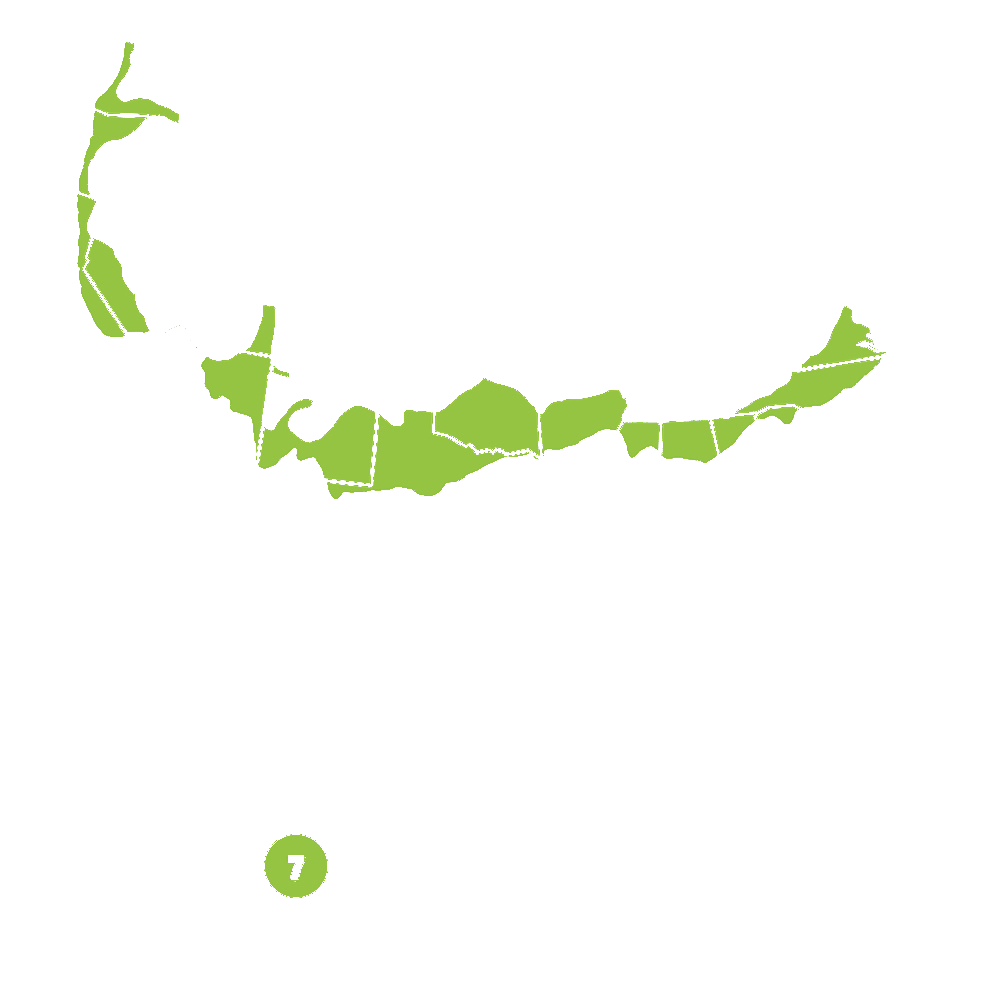
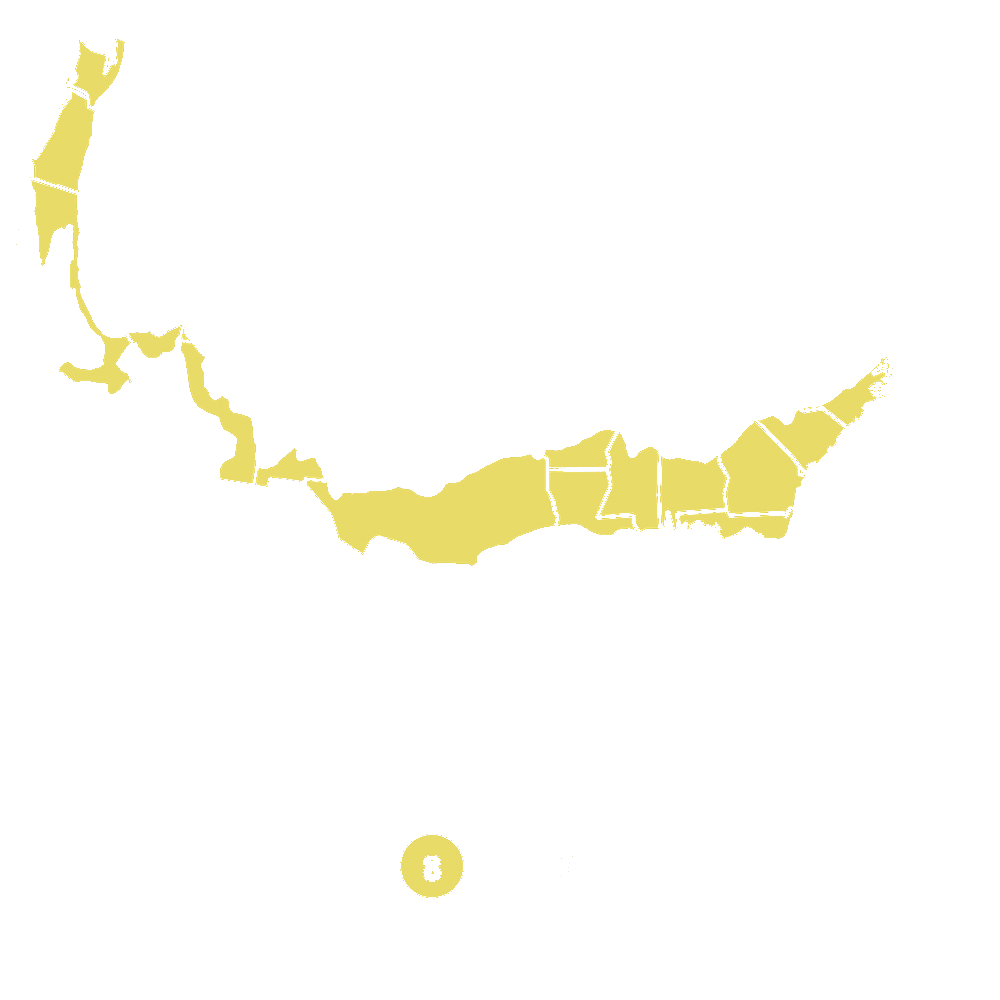
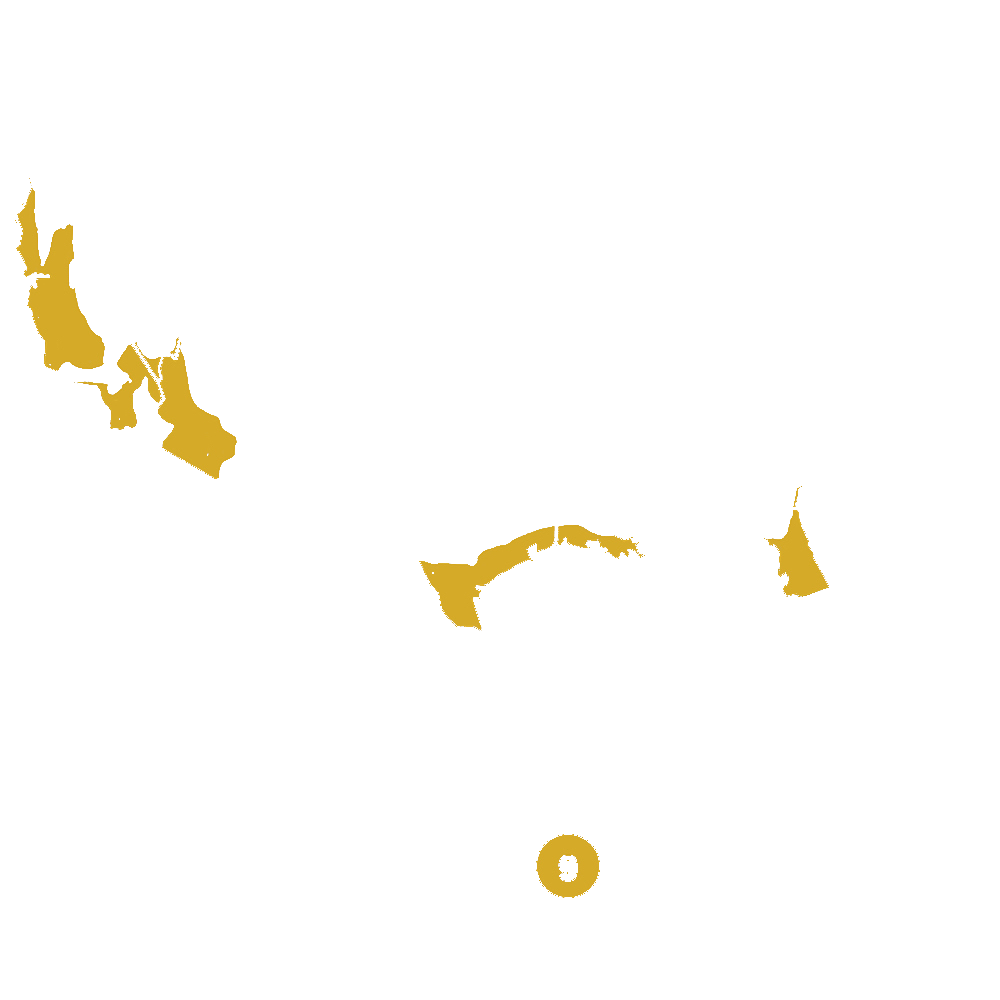
Pollination Info
Pollination Information for Lets Dance Can Do Hydrangea
Lets Dance Can Do Hydrangea (Hydrangea macrophylla subsp. serrata 'SMNHSI') is a deciduous shrub that typically grows up to 4-6 feet tall. The plant has a compact habit and produces large, mophead flowers in shades of pink or blue (depending on soil pH).
Hydrangeas are pollinated by a variety of insects, including bees, butterflies, and flies. The flowers are relatively large and showy, making them attractive to pollinators. The pollen of hydrangeas is sticky and heavy, meaning that it is not easily carried by the wind.
When planting Lets Dance Can Do Hydrangea, it is important to choose a location that receives partial shade. The plant prefers well-drained, moist soil, and benefits from regular watering during dry spells.
If you are growing Lets Dance Can Do Hydrangea for its flowers, it is important to note that the color of the blooms depends on the pH of the soil. Acidic soil will produce blue flowers, while alkaline soil will produce pink flowers. You can adjust the pH of your soil by adding aluminum sulfate (to lower pH) or lime (to raise pH).
In conclusion, Lets Dance Can Do Hydrangea is a beautiful and easy-to-grow shrub that is pollinated by a variety of beneficial insects. By choosing the right location and providing proper care, you can enjoy its stunning flowers for years to come.
FAQ
Lets Dance Can Do Hydrangea (Hydrangea macrophylla subsp. serrata 'SMNHSI') FAQ
What is Lets Dance Can Do Hydrangea?
Lets Dance Can Do Hydrangea is a deciduous flowering shrub that belongs to the Hydrangea family. It is a compact plant that grows up to 3 feet tall and wide with a rounded shape. It is known for its large blooms that change color based on the pH level of the soil it is grown in.
How do I plant Lets Dance Can Do Hydrangea?
Lets Dance Can Do Hydrangea prefers well-drained, moist soil that is rich in organic matter. Plant it in a location that receives partial to full shade, as too much sun can damage the plant. Keep the soil moist but not soaked, and mulch around the plant to help retain moisture and suppress weeds.
When does Lets Dance Can Do Hydrangea bloom?
Lets Dance Can Do Hydrangea blooms in mid to late summer. The flowers are large and round, and can reach up to 6 inches in diameter. They start out white or pink and fade to blue or purple as they mature. The color of the flowers can be affected by the pH level of the soil they are grown in.
How often should I water Lets Dance Can Do Hydrangea?
Lets Dance Can Do Hydrangea prefers moist soil, but do not overwater as this can lead to root rot. Water the plant deeply once or twice a week during hot, dry weather, and adjust depending on rainfall and soil type.
Should I prune Lets Dance Can Do Hydrangea?
Lets Dance Can Do Hydrangea can be pruned in late winter or early spring to remove any dead or damaged branches and shape the plant. However, avoid heavy pruning as this can reduce the number of flowers the plant produces.
Can I grow Lets Dance Can Do Hydrangea in a container?
Yes, Lets Dance Can Do Hydrangea can be grown in a container as long as the container is at least 2 feet in diameter and has drainage holes. Use a well-drained potting mix and water the plant regularly. Provide partial shade during hot summer months.
What are some common problems associated with Lets Dance Can Do Hydrangea?
Lets Dance Can Do Hydrangea is susceptible to fungal diseases such as powdery mildew and leaf spot. These can be prevented by providing good air circulation around the plant, avoiding overhead watering, and removing any infected leaves or branches. The plant is also attractive to some pests such as aphids and spider mites, which can be controlled with insecticidal soap or neem oil.
Planting & Care
Planting and Care for Let's Dance Can Do Hydrangea
- Location: Plant in a location with partial to full shade, and well-draining soil
- Soil: Soil should be slightly acidic to neutral (pH of 5.5-7) and high in organic matter. If soil is too alkaline, the hydrangea may not produce blue flowers.
- Planting: Dig a hole that is twice the size of the plant's root ball. Mix in compost or peat moss with the soil. Plant the hydrangea at the same depth it was in its container and backfill the hole with soil, firming it around the plant.
- Watering: Keep the soil evenly moist, but not waterlogged. Hydrangeas prefer consistent moisture, so avoid letting the soil dry out completely. Water deeply once a week during dry spells. Avoid overhead watering as wet leaves may promote fungal diseases.
- Fertilizing: Fertilize once a year in the spring with a slow-release fertilizer high in phosphorus to promote flower production. Avoid fertilizers high in nitrogen as they can promote lush foliage growth at the expense of flowers.
- Pruning: Prune in late winter or early spring before new growth begins. Remove any dead or damaged wood, and cut back any old stems to a pair of healthy buds. You can also remove up to one-third of the plant's oldest stems to promote new growth and reduce the overall size of the plant.
- Pests and Diseases: Hydrangeas are relatively pest and disease resistant, but may occasionally be affected by aphids, spider mites, or powdery mildew. Use insecticidal soap or neem oil to control pests, and fungicide to control diseases.
Check Out These Verified Customer Reviews:
Customer Reviews
4.8 out of 5 based on 17 reviews
Thank you! Your review has been submitted.
Healthy and vibrant flowers
Overall excellent experience, highly recommend this plant and seller.
Customer service was very helpful when I had a question about caring for the plant.
Item has been added to your cart.

